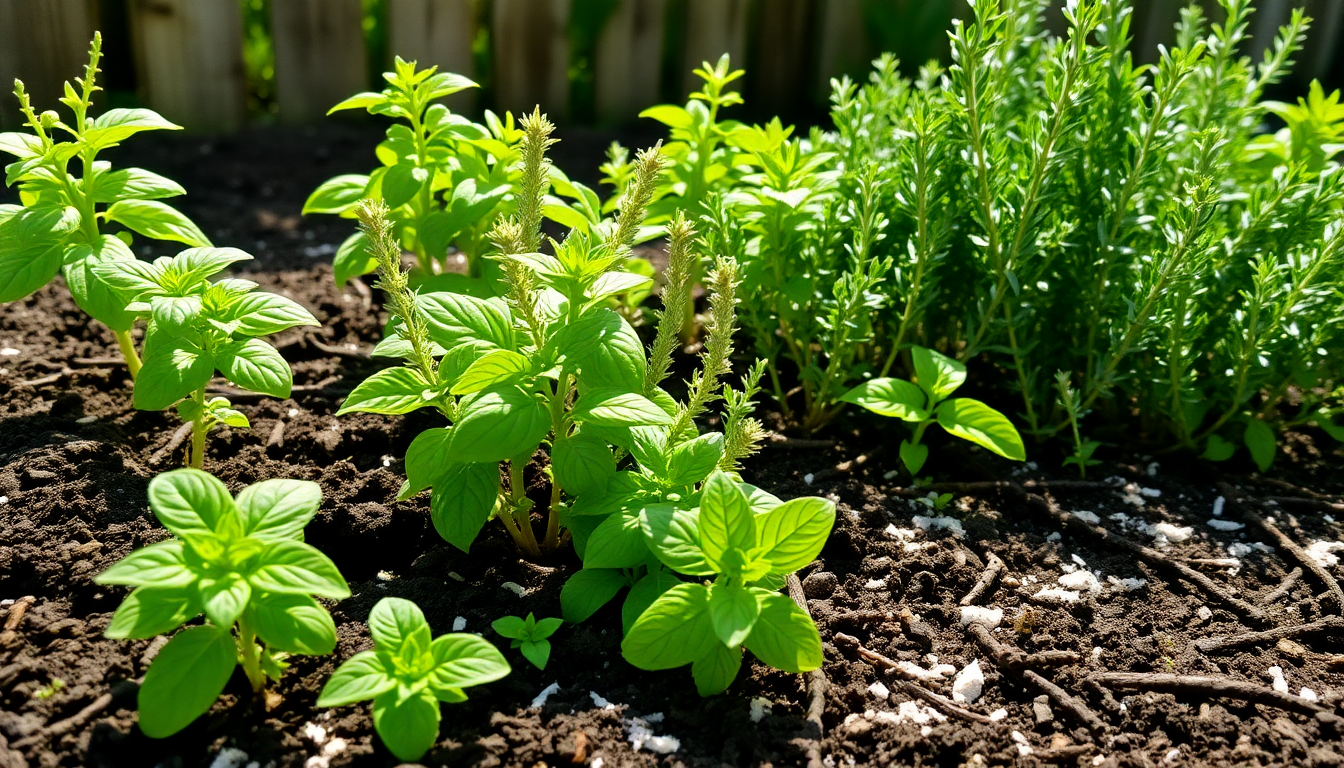As the sun casts its warm glow over your thriving herb garden, you can't help but marvel at the lush, verdant foliage and the tantalizing aromas that fill the air. But have you ever considered the hidden potential of a simple, unassuming ingredient that could take your herb-growing prowess to new heights? Introducing wood ash – the natural, eco-friendly solution that can revolutionize the way you cultivate your beloved herbs.
In this comprehensive guide, we'll delve into the remarkable benefits of using wood ash to boost the health and vitality of your herb plants, while also exploring its remarkable pest-repelling properties. Whether you're a seasoned gardener or just starting your herb-growing journey, this blog post will equip you with the knowledge and techniques to unlock the full potential of your herb garden.
The Transformative Power of Wood Ash
Wood ash is a byproduct of burning wood, and it's a treasure trove of essential nutrients that can work wonders for your herb plants. Rich in potassium, calcium, and other vital minerals, wood ash can significantly improve the overall health and vigor of your herbs, leading to more robust growth, vibrant foliage, and a bountiful harvest.
Enhancing Soil Fertility
One of the primary benefits of using wood ash in your herb garden is its ability to enrich the soil. As the ash breaks down, it releases a steady supply of nutrients that your herbs can readily absorb, promoting lush, healthy growth. The high potassium content in wood ash helps to regulate the plant's water balance, while the calcium and other minerals work to balance the soil's pH, creating the ideal growing conditions for your herbs.
Boosting Nutrient Uptake
In addition to providing essential nutrients, wood ash can also enhance your herbs' ability to absorb these vital elements. By improving the soil's structure and aeration, wood ash helps to create an environment that allows your plants to more efficiently take up the nutrients they need, resulting in stronger, more vibrant herbs.
Deterring Pests and Diseases
One of the most remarkable benefits of using wood ash in your herb garden is its ability to act as a natural pest deterrent. The sharp, abrasive particles in the ash can irritate and deter a wide range of common garden pests, including slugs, snails, and even certain types of insects. Additionally, the alkaline nature of wood ash can help to inhibit the growth of fungal diseases that can plague your herb plants.
Incorporating Wood Ash into Your Herb Garden
Now that you understand the incredible advantages of using wood ash in your herb garden, let's explore the best ways to incorporate it into your growing practices.
Preparing the Soil
Before planting your herbs, mix a generous amount of wood ash into the soil, ensuring that it is evenly distributed. The recommended ratio is typically 1 cup of wood ash per square foot of garden bed. This will help to enrich the soil, balance the pH, and create the ideal conditions for your herbs to thrive.
Ongoing Maintenance
Even after your herbs are established, you can continue to use wood ash to maintain their health and vigor. Sprinkle a light layer of ash around the base of your plants every few weeks, being careful not to let it accumulate too heavily on the foliage. This ongoing application will help to deter pests, provide a steady supply of nutrients, and keep your herbs looking their best.
Targeted Applications
In addition to the general soil amendments, you can also use wood ash in more targeted ways to address specific issues in your herb garden. For example, if you notice a particular pest problem, you can create a barrier of wood ash around the affected plants to help keep them at bay. Similarly, if you're dealing with a fungal disease, a light dusting of wood ash can help to inhibit its growth and protect your herbs.
Maximizing the Benefits of Wood Ash
To ensure that you get the most out of your wood ash applications, here are a few additional tips and considerations:
Sourcing High-Quality Wood Ash
Not all wood ash is created equal, so it's important to source your ash from a reliable, high-quality source. Avoid using ash from treated or painted wood, as these can contain harmful chemicals that may be detrimental to your plants. Instead, opt for ash from clean, untreated hardwoods, which will provide the best results.
Balancing pH Levels
While wood ash can be incredibly beneficial for your herb garden, it's important to monitor the soil's pH levels to ensure that you don't inadvertently create an overly alkaline environment. Perform regular soil tests and adjust your wood ash applications accordingly to maintain the ideal pH range for your herbs.
Complementing with Other Organic Amendments
Wood ash can be a powerful tool in your herb-growing arsenal, but it's best used in conjunction with other organic amendments, such as compost, to create a well-balanced and nutrient-rich soil. By combining wood ash with these additional sources of organic matter, you'll be able to provide your herbs with a comprehensive array of essential nutrients and support their overall health and vitality.
Unlocking the Full Potential of Your Herb Garden
By harnessing the remarkable benefits of wood ash, you can unlock the full potential of your herb garden and enjoy a bountiful harvest of vibrant, flavorful herbs. From enhancing soil fertility and nutrient uptake to deterring pests and diseases, this simple, natural ingredient can transform the way you cultivate your beloved herbs.
So, the next time you're tending to your garden, don't overlook the power of wood ash. Incorporate it into your growing practices, and watch as your herbs flourish, thriving with newfound vigor and resilience. Unlock the secrets of herb gardening and enjoy the rewards of a lush, healthy, and productive herb garden.


0 comments